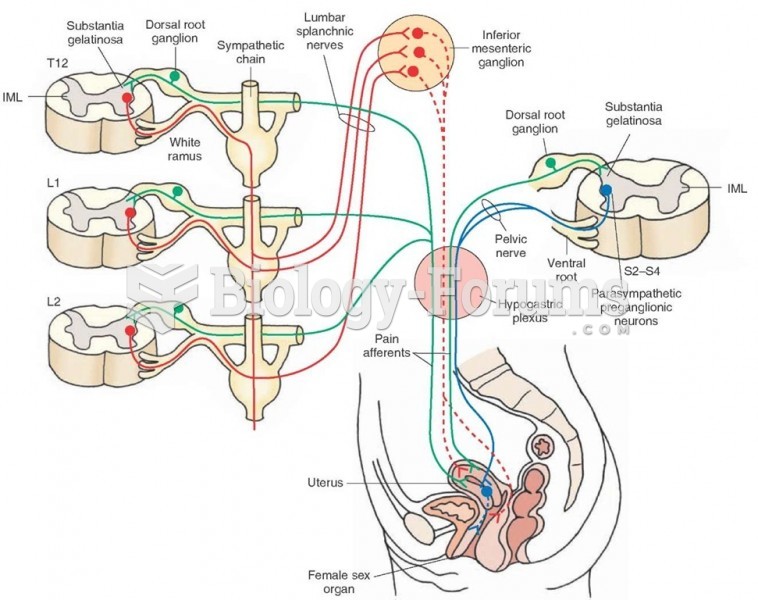Your patient is a 23-year-old female who is 6 hours postpartum after a traumatic delivery resulting in a massive blood transfusion. She is to be transferred from a community hospital to a specialty hospital for further care. She is unconscious and intubated, with a number of intravenous lines. Your physical examination reveals a purpuric rash over the chest and abdomen and mottling of the fingers and toes and all of the venous access sites are oozing blood. In addition, auscultation of the lung fields reveals rales to the dependent regions. HR = 112, BP = 82/60, RR = 12 via ventilator. Which of the following best describes the patient's condition and treatment needs, in addition to continued ventilation and fluid administration?
A) DIC; type O negative blood
B) Idiopathic hemophilia; corticosteriods
C) DIC; fresh frozen plasma and platelet administration
D) Idiopathic hemophilia; factor VIIa administration
Question 2
You arrive on scene where you have been asked to check on the welfare of a patient. A neighbor meets you and states that she called because the elderly woman who lives in the home has not been seen outside in a while, and the neighbor is concerned. She says a relative looks after the woman but that she is unsure when the relative was last there. You gain access to the residence and find a conscious but emaciated 76-year-old woman. There is no food in the house, and the woman has been unable to reach the bathroom for days. She says her granddaughter looks after her and is a good girl but she cannot remember when the granddaughter was last at the home. What general conclusions could be made in this situation?
A) The woman has developed an acute medical problem recently and an aggressive assessment is needed.
B) Check the woman thoroughly. If you find no acute medical problems, ask the neighbor to call the granddaughter and stay with the elderly woman until her caretaker has gone to the store and come by to clean up.
C) The woman has Alzheimer's and probably just can't remember to eat. Call the caretaker and have her come over.
D) This could be a case of elder abuse. Although you notice no outward signs of violence, the mere act of the caretaker neglecting this woman's needs is abuse. You should transport the woman and notify the proper authorities.







